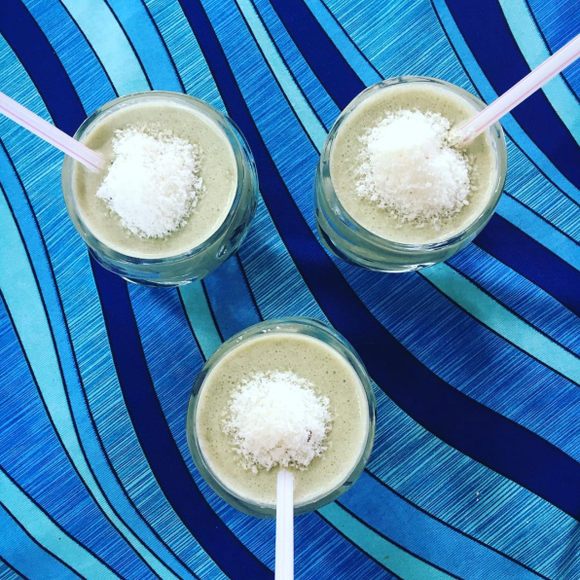Many South Asians are familiar with the story. It is the joyous spring festival of Holi, when revelers douse one another in bright pigments and colored water. It’s the one time of year when that taciturn grandmother or auntie decides to cut loose a little—by getting loopy with a few sips of bhang.
Bhang is an edible preparation of cannabis, most popularly incorporated into one of a variety of milk-based spiced drinks. There’s bhang thandai, flavored with almonds, fennel, rosewater, saffron, and more, and bhang laasi, which brings yogurt to the party. The drinks are consumed at several Hindu festivals, by monks to support meditation, by Western travelers on the old hippie trail, and even as treatment for a range of medical problems.
The Indian law that covers narcotics forbids the possession of hashish (resin) and ganja (buds)—but not industrial hemp, and not leaves in the form of bhang. (They’re steeped and compressed into balls, which often contain buds too, but who’s really checking?) Its regulation is up to the states and many explicitly allow its consumption.
Bhang’s roots go back some 3,000 years, to the Vedic period, and the substance (and cannabis in general) plays a prominent role in the mythology of the powerful ascetic-monk god Shiva. Even the British saw the cultural and chill value in the drink, as the thorough report of the “Indian Hemp Drugs Commission 1893–94” states, “No god or man is as good as a religious drinker of bhang.”
In describing how Muslims as well as Hindus benefit from bhang in India, the report provides an unattributed testimonial: “We drank bhang and the mystery I am, He grew plain. So grand a result, so tiny a sin.”
Written By
S Samir S PatelSources
- www.theatlantic.com/international/archive/2014/03/indias-high-holiday/284448/
- www.indiatimes.com/culture/food/these-easy-bhang-recipes-for-holi-will-have-you-set-in-no-time-230716.html
- www.cookwithmanali.com/thandai/
- www.theatlantic.com/international/archive/2014/03/indias-high-holiday/284448/
- cbn.nic.in/html/NationalPolicyEnglish.pdf
- digital.nls.uk/indiapapers/browse/archive/74552222
















